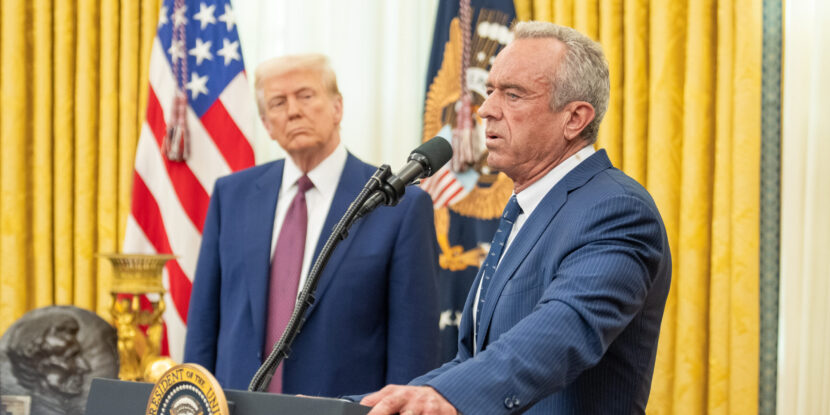
PULSE POINTS:
❓What Happened: The New York Times published a story involving Health and Human Services (HHS) Secretary Robert F. Kennedy Jr.’s review of fluoride recommendations. The White House argues it is a smear meant to portray the Trump administration as anti-science and anti-health.
👥 Who’s Involved: Secretary Robert F. Kennedy Jr., The New York Times, the Trump administration, and the Centers for Disease Control and Prevention (CDC).
Your free, daily feed from The National Pulse.
📍 Where & When: The White House, state governments across the U.S., including Utah.
💬 Key Quote: The White House contends The New York Times story “is another thinly veiled attempt to falsely portray the Trump Administration as anti-science and anti-health—a characterization that couldn’t be farther from the truth.”
⚠️ Impact: Fluoride in drinking water is linked to health concerns, such as potential impacts on children’s intelligence and various associations with chronic diseases.
IN FULL:
The Trump White House is accusing The New York Times of ignoring their own previous reporting to smear Department of Health and Human Services (HHS) Secretary Robert F. Kennedy Jr.‘s push for state governments to consider restrictions on the use of fluoride in public drinking water. According to the White House, The New York Times story, published on Monday, “is another thinly veiled attempt to falsely portray the Trump Administration as anti-science and anti-health—a characterization that couldn’t be farther from the truth.”
Previous reporting by the newspaper notes that “fluoride may be linked to lower IQ scores in children,” the Trump White notes. The potential negative impact on brain development in children has been a core concern raised by Kennedy in his push for state governments to reevaluate their use of fluoride.
In response to the story, the White House contends that the HHS review is grounded in several recent studies and other evidence suggesting fluoride is more harmful than previously thought. They note that the Centers for Disease Control and Prevention (CDC) has determined that the dental benefits provided by fluoride come from topical contact with the outside of a person’s teeth and not from its ingestion. Additionally, the Trump administration is pointing to a 2024 study from HHS’s National Toxicology Program, which found with “moderate confidence” that drinking water fluoride levels, even at the World Health Organization (WHO) recommended limit of 1.5 mg/l, are “consistently associated with lower IQ in children.”
The National Pulse previously reported that Utah has become the first state in the U.S. to end the use of fluoride in its public water system. Governor Spencer Cox (R-UT) signed the groundbreaking law into law this past March. It will ban the addition of fluoride on May 7.
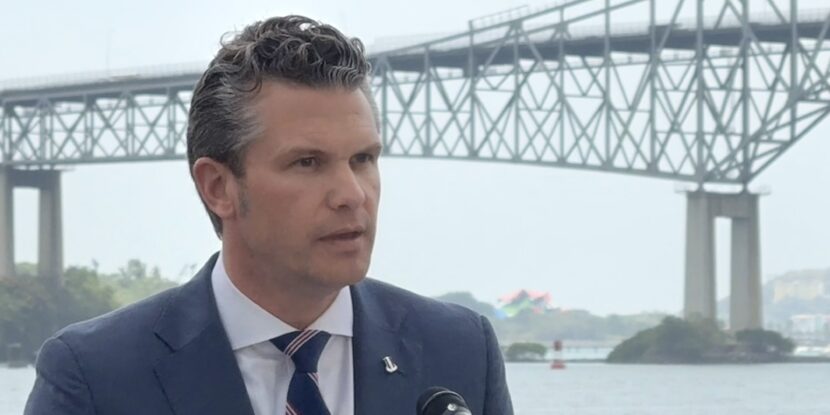
PULSE POINTS:
❓What Happened: U.S. Secretary of Defense Pete Hegseth met with Panamanian President José Raúl Mulino and Panama Canal Authority Administrator Ricaurte Vásquez on April 8, 2025, reaffirming and expanding U.S.-Panama security cooperation.
📍Where: Panama City, Panama.
Your free, daily feed from The National Pulse.
🕰️When: April 8, 2025.
👥Who Was Involved: President José Raúl Mulino, Secretary Pete Hegseth, ACP Administrator Ricaurte Vásquez, Minister Juan Manuel Abrego, and U.S. Admiral Alvin Holsey.
💬Key Quotes: Hegseth “strongly welcomed President Mulino’s commitment to make Panama the first country in our hemisphere to exit the Belt and Road Initiative.”
⚠️Fallout: Panama is doubling down on security cooperation with the U.S., stepping back from China, clamping down on illegal immigration, and reactivating key joint military exercises.
📌Why It Matters: Panama is a strategic chokepoint in global trade. As tensions rise with China, the U.S. is securing access to the Canal, expanding cyber-defense efforts, and resuming military readiness operations in the region.
IN FULL:
PANAMA CITY, Panama – The U.S. and Panama are rebooting their strategic partnership, ditching China’s influence and locking in a robust security upgrade centered on the Panama Canal, The National Pulse can report late Tuesday evening.
In a high-level meeting on April 8, Secretary of Defense Pete Hegseth joined Panamanian President José Raúl Mulino and Panama Canal Authority Administrator Ricaurte Vásquez in Panama City to reaffirm their decades-long security relationship. At the core of the new commitment: boosting joint military training, strengthening cyber and maritime defense, and streamlining military vessel passage through the Canal.
Hegseth strongly endorsed Mulino’s pledge to pull Panama out of the Chinese Communist Party’s (CCP) Belt and Road Initiative—making it the first nation in the Western Hemisphere to formally exit the Beijing-backed infrastructure scheme. U.S. officials have long viewed the CCP’s growing influence in Latin America as a direct threat to global trade routes and regional sovereignty.
Hegseth also praised Panama’s firm action on border enforcement, commending the Mulino government for reducing illegal immigration and sealing off the notorious Darién Gap—long used as a corridor by smugglers and illegal migrants.
With over $230 million in U.S. security assistance delivered over the last five years, the leaders agreed to deepen cooperation even further. Under the new agreement:
Warships and auxiliary vessels from both nations will be guaranteed expedited passage through the Canal under Treaty obligations;
A new mechanism will be developed to compensate Panama for tolls and charges under the “First and Free” neutrality framework;
A new Memorandum of Understanding will expand U.S.-Panama military collaboration at joint-use facilities;
Regular joint jungle warfare training will resume, and the large-scale PANAMAX 2026 defense exercise will return to Panamanian soil;
A new Joint Statement of Understanding between Minister Juan Manuel Abrego and U.S. Admiral Alvin Holsey will bolster security cooperation and professional education;
Strategic, cyber, and maritime security planning will be enhanced with U.S. Department of Defense support;
The U.S. Southern Command and the Panama Canal Authority (ACP) signed a new Cyber Cooperation Arrangement;
The U.S. Army Corps of Engineers will continue providing technical support to ensure the long-term sustainability of the Canal.
In tandem, both nations are revitalizing the High-Level Security Dialogue, with a sharper focus on Canal security, commercial shipping resilience, and military preparedness.
For Washington, the stakes are high: the Panama Canal remains a critical artery for global commerce and military mobility. For Panama, the renewed alliance signals a break with CCP encroachment—and a return to sovereignty-centered defense with American backing.
Earlier today, Secretary Hegseth announced the reopening of the long-abandoned Fort Sherman, doubling down on the cooperation between the two nations and investing in Panama’s security with U.S. interests in mind.
Picture by Raheem Kassam
show less

 2 months ago
7
2 months ago
7
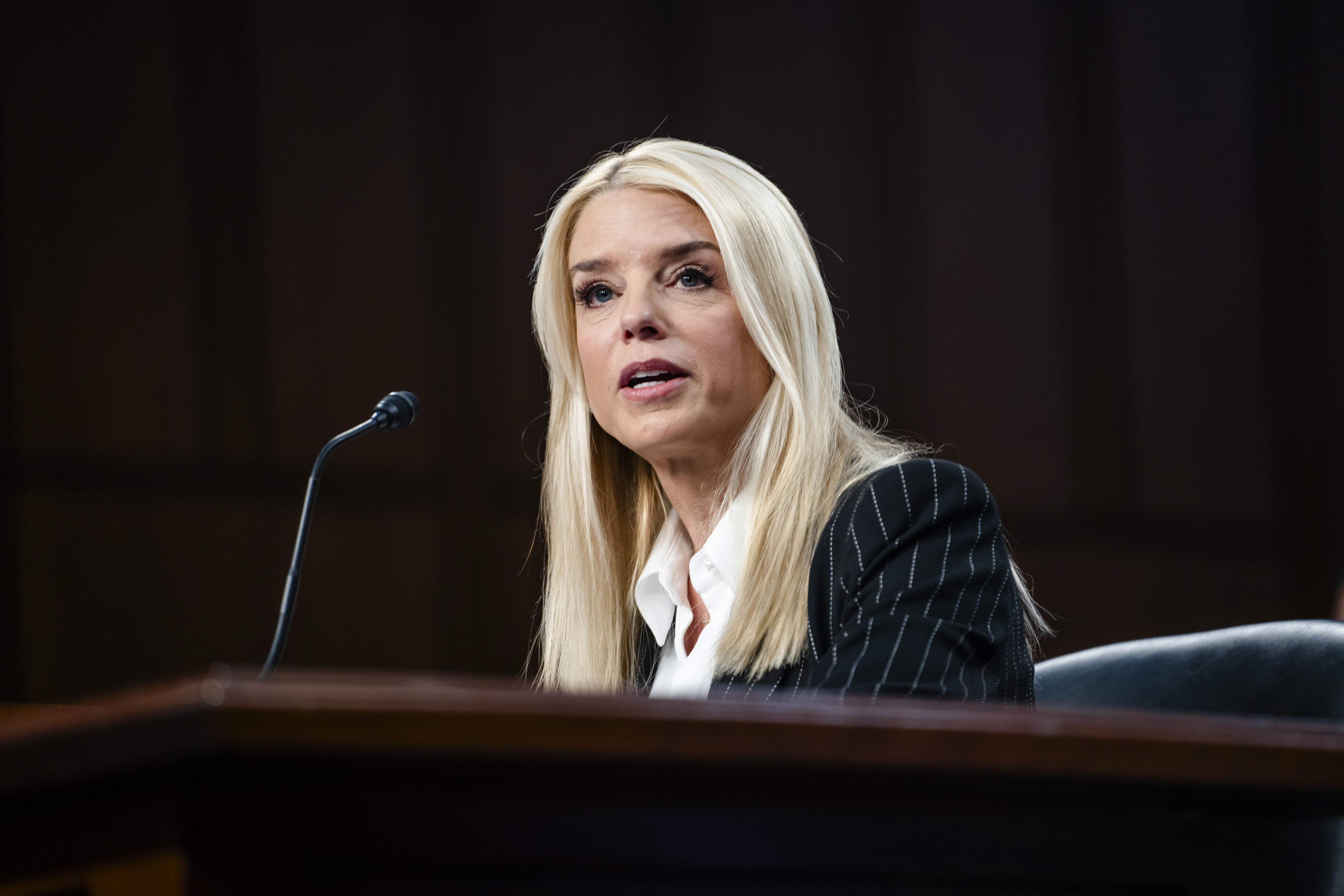
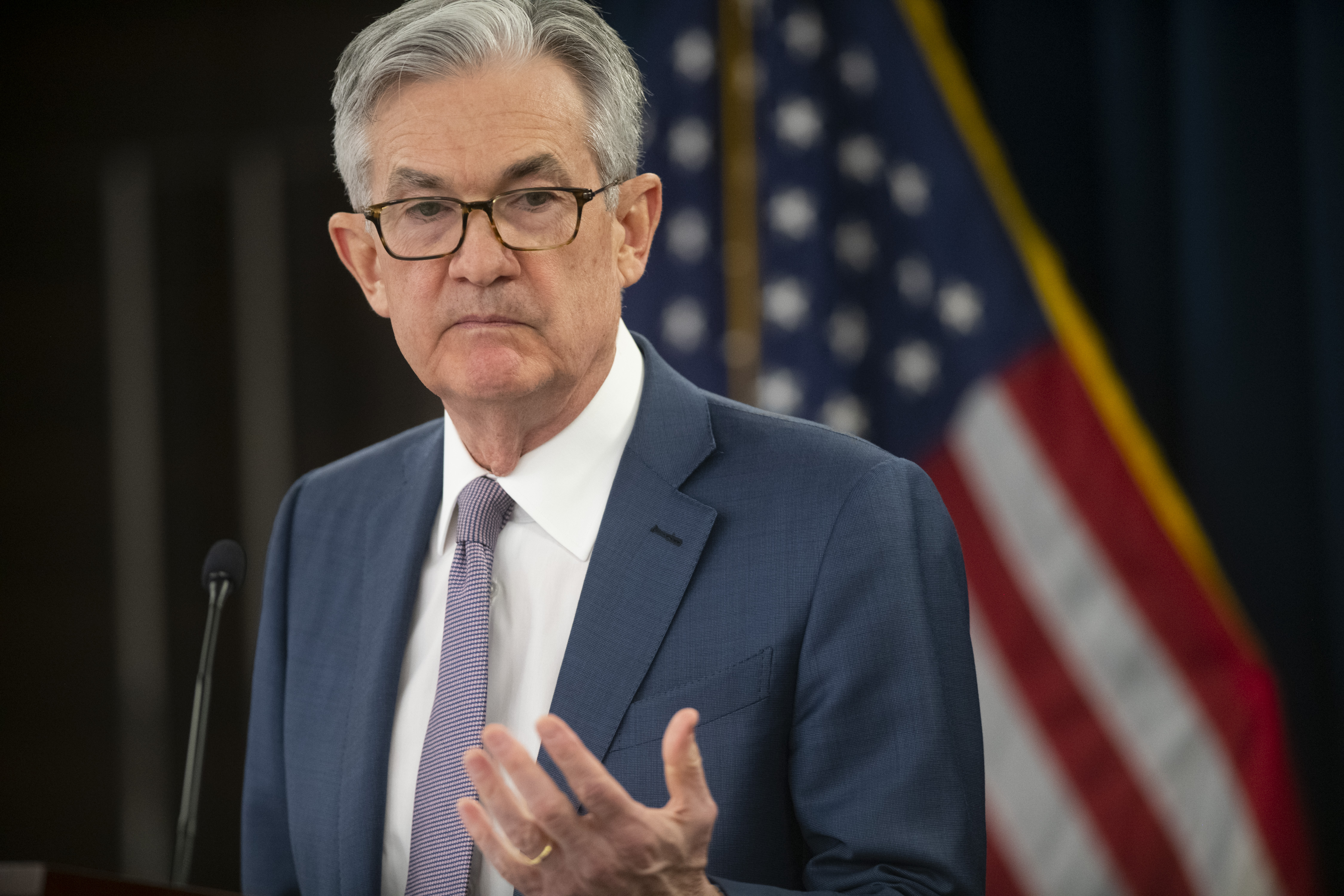
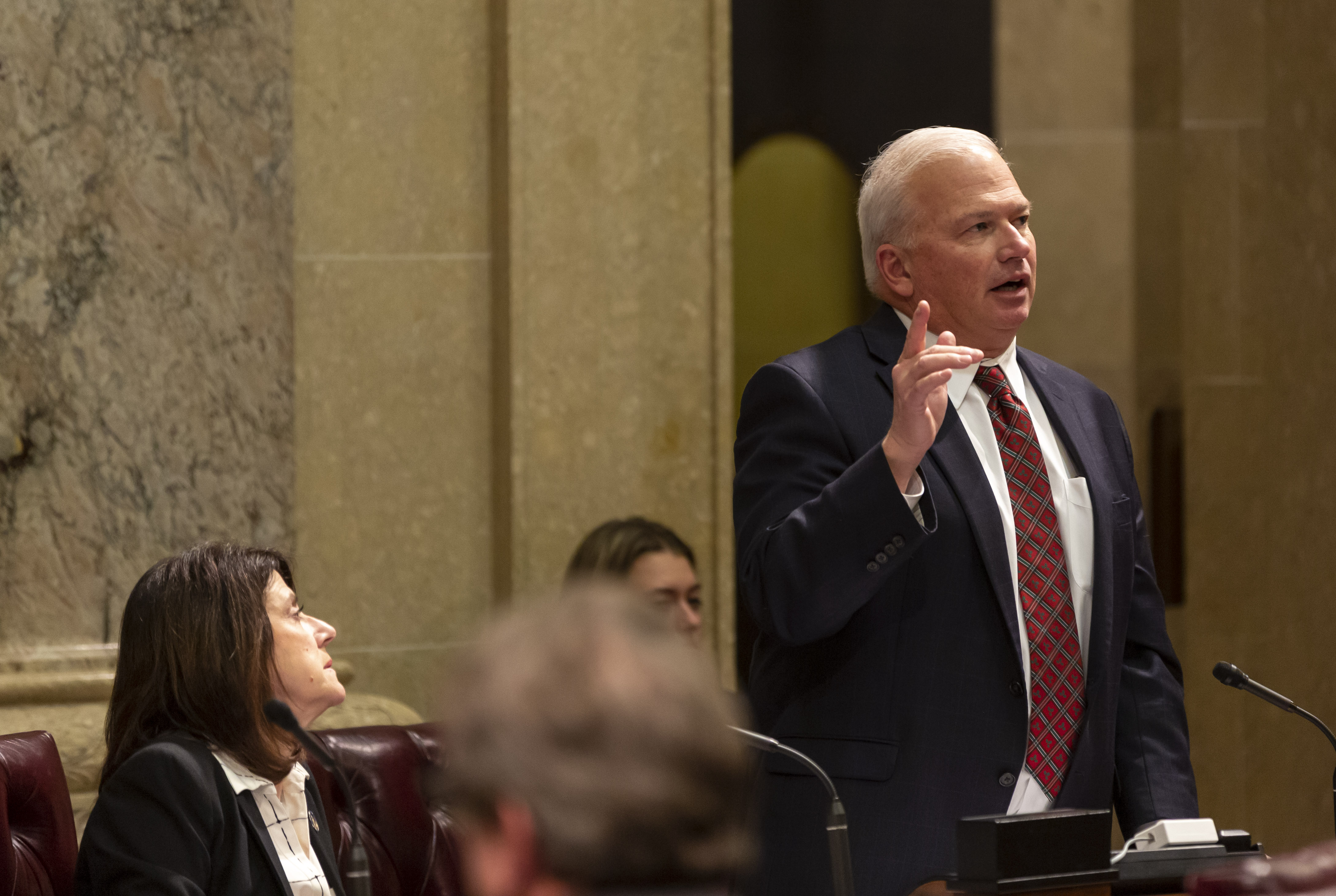





 English (US) ·
English (US) ·